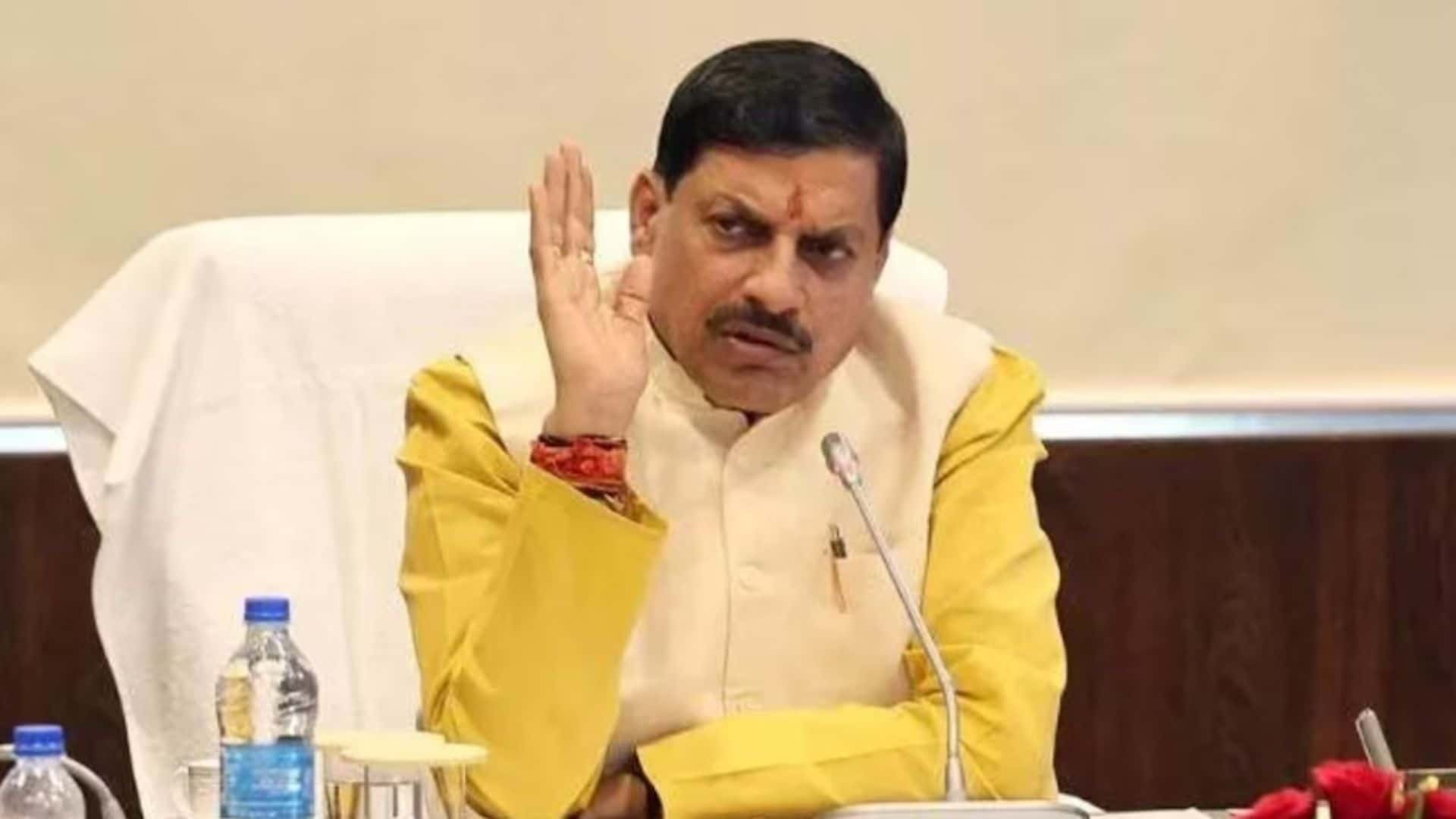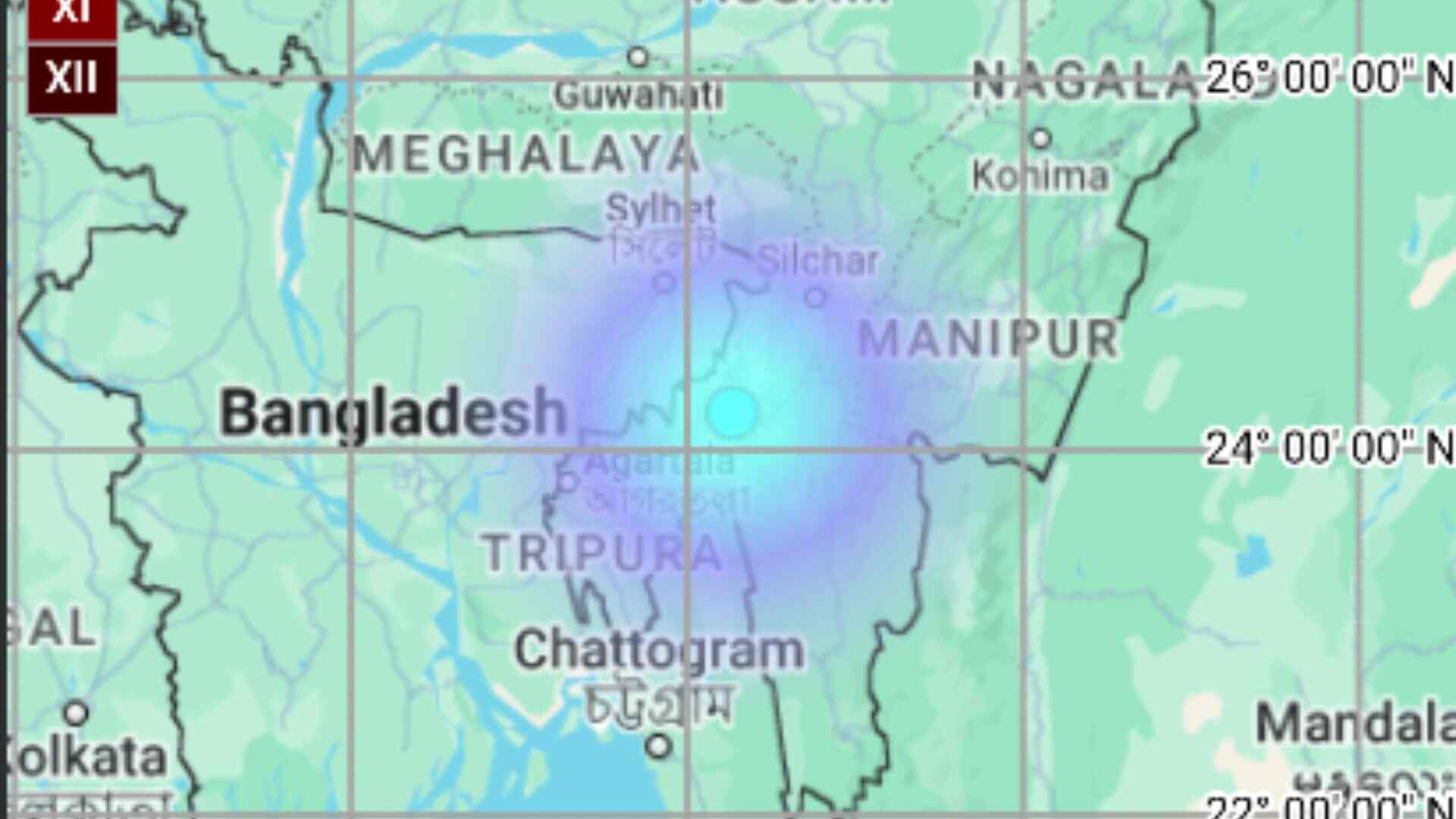
Non-Banking Financial Companies (NBFCs) are financial institutions that play a complimentary role in the banking sector along with the Financial Technology (Fintech) companies paving way for financial inclusion. However, certain events have brought online lending platforms in bad light recently:
• Bold steps taken by the Government to check any investment which is coming from China directly or indirectly by the Chinese resident or citizen or via fund house or venture capital or private equity shall be highly monitored and to get prior approval by the Government.
• Cases of suicide due to harassment by the employees of money lending apps reported in Telangana, where recovery agents resorted to threatening calls to individuals and family members.
In light of this, The Reserve Bank of India (RBI) has constituted a working group on digital lending — including online platforms and mobile apps — to study all aspects of digital lending activities in the regulated financial sector as well as by unregulated players. The working group shall evaluate digital lending activities and assess the standards of outsourced digital lending activities in RBI regulated entities. The group shall identify the risks posed by unregulated digital lending to financial stability, regulated entities and consumers; and suggest regulatory changes that supports online lending innovation while regulating the risks involved at the same time.
The narrative that seems to be lost here is that NBFCs have been beneficial to the economy as they serve the customer base that are under-served by the banks and are critical in terms of their wider reach and range of services to the financially excluded.
Fintech applications/websites act as intermediaries or aggregators between the customers and NBFCs where they facilitate customer acquisition for NBFCs in return of a fixed commission. Fintech applications attract customers in need of credit facilities who cannot comply with the list of obligations required by traditional banks for loans. These algorithms use advanced machine learning to extract information from vast sources of alternate data to predict individual’s creditworthiness. In the absence of any regulation regarding the usage of data by Fintech, the data collected by them is sometimes used to apply coercive measures of debt recovery (e.g., repeated calls to individual and family members).
Whereas Fintech applications are left unregulated in this ecosystem, NBFCs are regulated and supervised by the RBI through Directions on Managing Risks and Code of Conduct in Outsourcing of Financial Services by Banks, 2017 (Outsourcing Guidelines). This in turn leads to imposing of penalties by the RBI on such NBFCs which tie-up with Fintech Companies who do not comply with the Fair Practices Code referred to in the Outsourcing Guidelines. This creates a wide gap of power between the NBFCs and traditional banking institution that co-exist in the same banking ecosystem and carry similar lending operations. The NBFCs being penalized for the faults of Fintech applications jeopardize the scope of innovation in the Indian digital lending space. The present situation obviates the need to regulate Fintech applications instead of imposition of penalties on already cash strapped NBFCs.
RBI has been used to take the ‘Big Brother approach’ in order to regulate the financial space effectively. The business model that the NBFCs adopt majorly revolves around getting funds or borrowing money at cheaper rates and providing loans and other credit facilities at a higher rate of interest. RBI employs various channels through which the NBFCs get their funding depending on the way they perform and their ratings. RBI’s targeted long-term repo operation (TLTRO) is one of the channels used by RBI to fund the cash-strapped NBFCs. These were aimed at providing system-level liquidity as well as targeted liquidity to sectors and entities experiencing liquidity constraints and restricted market access because of COVID-19. However, the data released by RBI suggests that NBFCs that have benefited the most from these operations were strong. This indicates that NBFCs have to show good results to get funds from traditional banking institutions as they would perform due-diligence at their part before making an investment. TLTRO was targeted towards infusing more liquidity into NBFCs with traditional banks having the onus to check which NBFCs they shall invest in, based on the market performance. This gives more power to banks and indirectly forces NBFCs to ensure compliance with RBI norms to get the funding from banks.
This clearly shows how banking institutions are significant for NBFCs, similarly NBFCs are important for Fintech applications to continue their business. Instead of imposing more regulations on the NBFCs, regulation of Fintech applications could be done by RBI indirectly through the NBFCs if they are given more powers over such applications. RBI could create a system where NBFCs shall be rewarded for pointing out Fintech applications not in compliance with guidelines that could be enacted, to provide fair practices to be followed by such applications operating in the digital lending ecosystem. This shall give NBFCs the incentive and power to ensure compliance with the directions of RBI and blacklist the Fintech applications that do not comply.
A similar model has been earlier adopted by Indian Banking Association (IBA), in 2009 through Procedural Guidelines for Reporting Names of Third Parties involved in Frauds to IBA for inclusion in the Caution List. This requires Banks to furnish Fraud Monitoring Return (FMR) in individual fraud cases, irrespective of the amount involved, to RBI electronically using FMR Application supplied to them within three weeks from the date of detection.
In light of the recent developments, the regulatory norms being proposed for the NBFCs are going to be stringent in the near future, nevertheless it is time to give the NBFCs some powers over the present-day Fintech applications which shall create a compliance oriented self-regulatory ecosystem which will be invention oriented in the lending ecosystem and customer friendly at the same time.
Mr. Sarpret Singh, Director – External Affairs, Home Credit India
Fintech applications/websites act as intermediaries or aggregators between the customers and NBFCs where they facilitate customer acquisition for NBFCs in return of a fixed commission. Fintech applications attract customers in need of credit facilities who cannot comply with the list of obligations required by traditional banks for loans.














